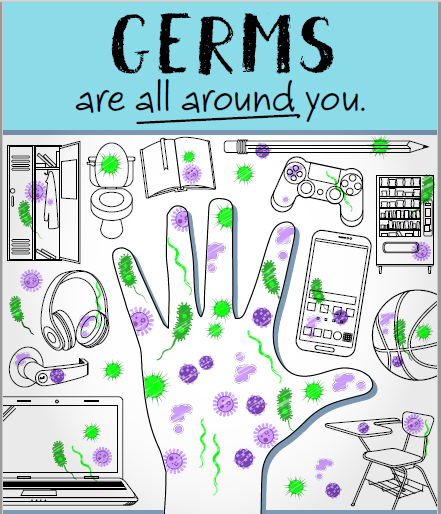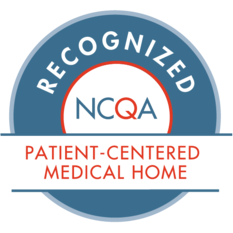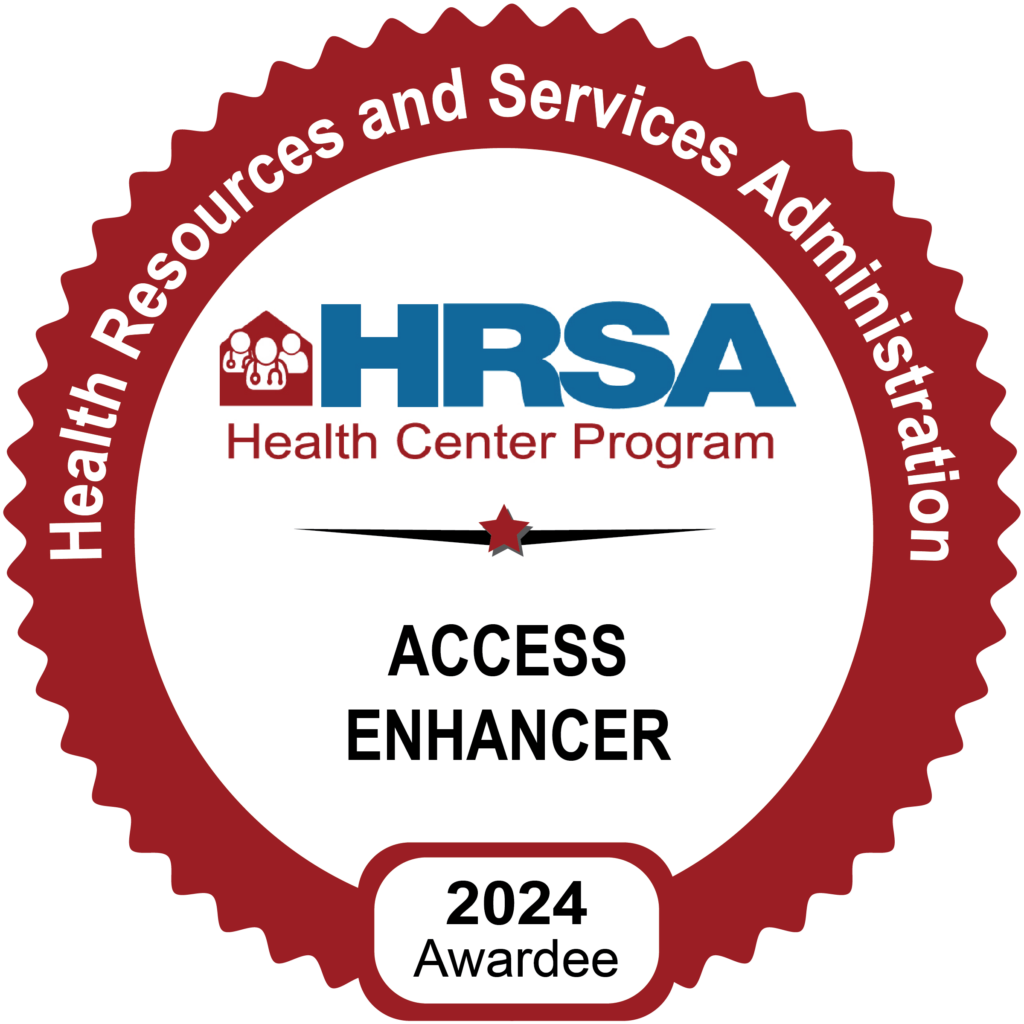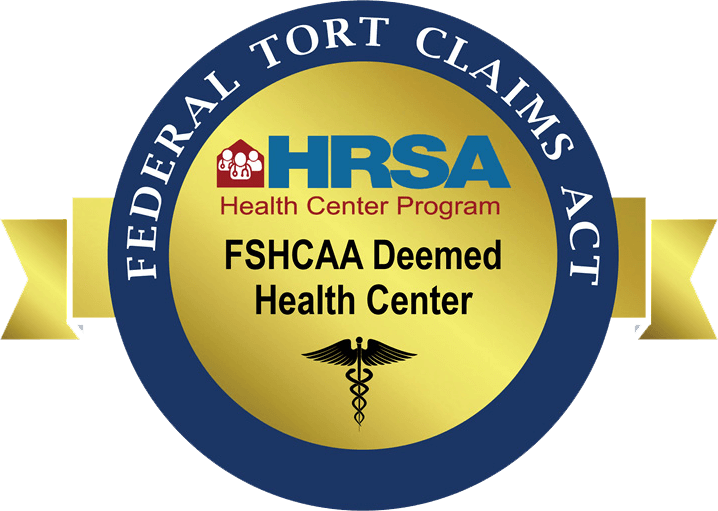
During times when GI Bugs are being seen in our sites remember the following:
While it may sound elementary, washing your hands is the most important means of preventing the spreading of germs such as those that can cause GI Bugs and Flu.
As health care providers, we have a responsibility to ensure our patients receive the best care possible – and at a very basic level, that starts with clean hands. Whether or not you have direct patient contact, keeping your hands clean helps keep our care environment clean and prevents the spread of germs and infections.
Hand Hygiene – DID YOU KNOW?
- 80 percent of all infectious diseases are transmitted by touch.
- The CDC reports that on average, healthcare providers clean their hands less than half of the times they should.
- Wash your hands for at least 20 seconds, not specifically 20 seconds.
- Soap and water remove germs from hands, but they cannot kill germs. Soap and water work by removing germs from your hands.
- Alcohol-based hand sanitizer kills most, but not all, bacteria and viruses on contact.
- Make sure to use enough alcohol-based hand sanitizer to cover all surfaces of your hands and rub until dry. Hands should stay wet for approximately 20 seconds if you use the correct amount of sanitizer.
- Hand sanitizer is not effective against Clostridium difficile (C. diff.), a common health care-associated infection. Always use gloves when caring for patients with C. diff. and wash your hands with soap and water after touching potentially contaminated surfaces.
- Wet hands are more likely to spread germs than dry ones.
Work Spaces:Wipe down your work areas with Cavi-Cide between patients. This includes items such as BP cuffs, and Pulse Ox.Wipe down exam room tables between patients, door knobs.
Source: CDC handwashing
















